Leadership Lessons I’ve Learned
- Everyone can help you learn something.
- Managers and leaders are different.
- Leadership is hard.
- Self-awareness is essential.
- Get feedback from your network.
- Communicate.
- Be present.
As Co-founder of The Northridge Group, I am both an entrepreneur and a leader. Every day I am focused on helping business leaders solve critical problems as well as running my own company. Through management consulting, I have been exposed to a diverse range of organizations, functional groups, and cultures. Collectively, these experiences and people have contributed to the person and business leader I am today. Occasionally, peers and up-and-comers alike will ask me for my perspective on leadership. Today, I want to share a few of the greatest leadership lessons I have learned throughout my career.
1. Everyone can help you learn something.
It goes without saying that everyone has their own style of leadership, their own personal brand. Observing how others handle themselves – peers, management, and other external leaders – is a great way to learn. Whether you agree with how a situation is handled or not, the experience can teach you how to approach a similar issue in the future. Leadership is a constant assessment and reevaluation, so the more you can learn from the experiences of others – good or bad– the better off you’ll be when you’re positioned to make the decisions.
2. Managers and leaders are different.
It took me twenty years to sum up what makes a good leader versus a good manager, and the best example I can come up with is to describe a former boss of mine. This person was so charismatic that everyone would follow him to the ends of the earth. Though day-to-day operations were almost impossible for him, at times of crisis, he was the person everyone called to help solve the problem. Many times a really good manager can knock your socks off with their results, but they might not be a leader. The difference comes down to being comfortable with assessing and taking risks coupled with the ability to ignite action in others. In a crisis or at any time of need, a leader doesn’t hesitate at all – in fact, crises are where leaders often emerge. But remember, whether you are a leader or a manager, these are both essential and complementary skill sets.
3. Leadership is hard.
A good leader can push through fear, assess risk and take action when action is required. At times, the tough decisions leaders make are the ones that others cannot make. A close friend of mine was an executive in the liquor industry and one of the early crusaders for creating ads against teen drinking. It’s hard to imagine anyone challenging this today but at the time, he was met with criticism and push-back. Rather than retreat or shy away, he took a strong stance on an important issue and pushed forward. Leadership is hard and you are going to make decisions that other people can’t. Understand your values and prioritize them.
4. Self-awareness is essential.
Everyone needs a balanced and honest view of their strengths and weaknesses. Self-awareness grants a person the ability to interact with others frankly and confidently. In order to build a successful team to lead, leaders must be so aware of their weaknesses that they can hire against them. Know where you soar and where you need more help.
5. Get feedback from your network.
I often speak to the value of networking. An outside perspective can bring fresh insight when you need to workshop a new idea or you enter new territory. Furthermore, I recommend getting a broad-based perspective. It’s not always the “whos-who” that can give you the greatest insight, so reach out to a variety of demographics to get a more holistic view.
6. Communicate.
Communication is a lot like cooking to me. Tread too lightly and your message will be too bland. Use too much heat and people won’t be able to digest. You need to speak clearly enough to get your point across as well as a balanced delivery of firm and delicate messaging. Leaders need strong, clear messaging to get the results they want. If you aren’t seeing the results, stop talking and find a new approach. Learn the needs and motivations of your key stakeholders. Determine how to better position your message to reach the desired actions and results.
7. Be present.
Bring vision and strategy to the here and now. A leader needs to be able to communicate with frontline staff without de-positioning management, but you also need to be able to connect. It’s important to engage with all levels because there will be a different perspective from each operational group and level. Business is becoming more moment-to-moment than ever before. It’s more difficult to execute on long-term planning because we need constant re-evaluation to be relevant with the times. Leaders need to be present, listening and open to learning from everyone around them.

